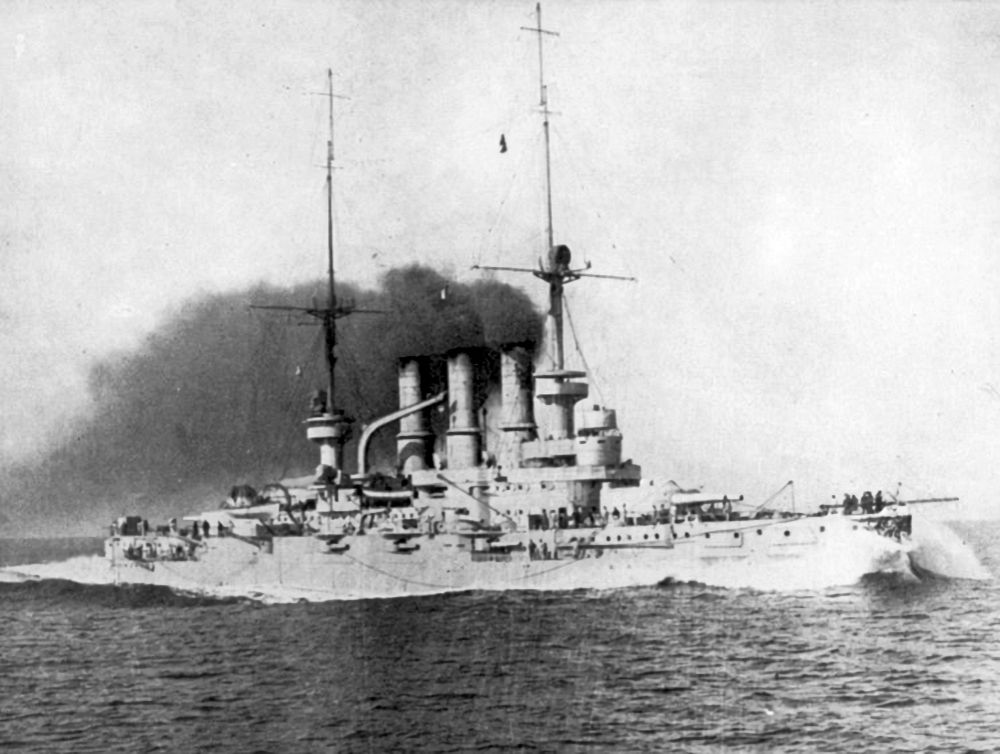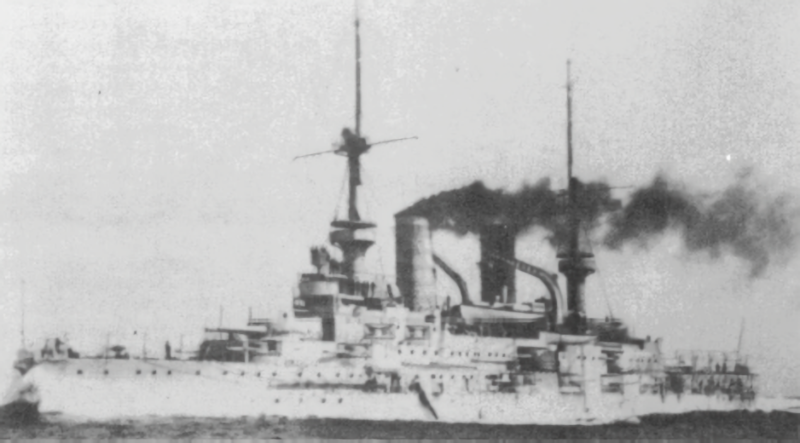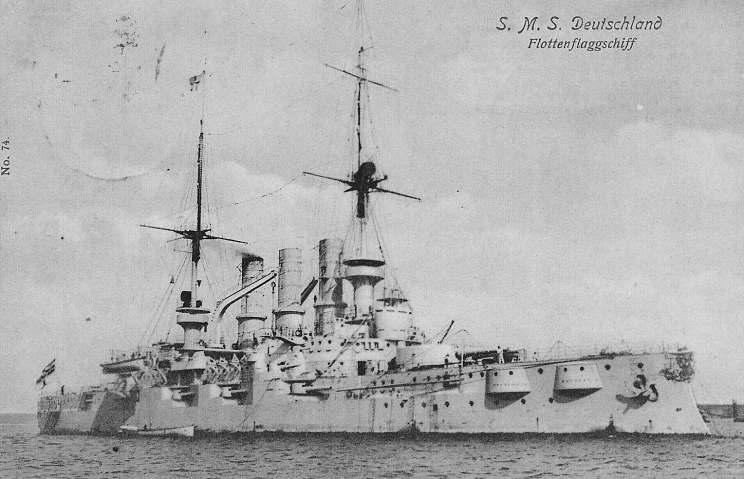Tag: naval
-
German Pre-Dreadnought Battleship SMS Pommern

German Pre-Dreadnought Battleship SMS Pommern SMS Pommern was the second ship of the Deutschland-class pre-dreadnought battleships (along with her sisters Deutschland, Schleswig-Holstein, Schlesien, and Hannover) of the Imperial German Navy. Built at the AG Vulcan shipyard in Stettin, she was laid down in 1903, launched in December 1905, and commissioned in August 1907. As with Read more
-
German Pre-Dreadnought Battleship SMS Mecklenburg

German Pre-Dreadnought Battleship SMS Mecklenburg SMS Mecklenburg was the fifth and final ship of the Wittelsbach-class of German pre-dreadnought battleships, built for the Imperial German Navy at the turn of the 20th century (along with her sisters Wittelsbach, Zähringen, Wettin, and Schwaben). Laid down in 1899 at the AG Vulcan shipyard in Stettin and launched Read more
-
German Pre-Dreadnought Battleship SMS Deutschland

German Pre-Dreadnought Battleship SMS Deutschland SMS Deutschland was the lead ship of the Deutschland-class pre-dreadnought battleships (along with her sisters Schlesien, Schleswig-Holstein, Pommern, and Hannover) of the Imperial German Navy. She was laid down at Germaniawerft in Kiel in 1903, launched in November 1904, and commissioned in August 1906. The class was the last series Read more